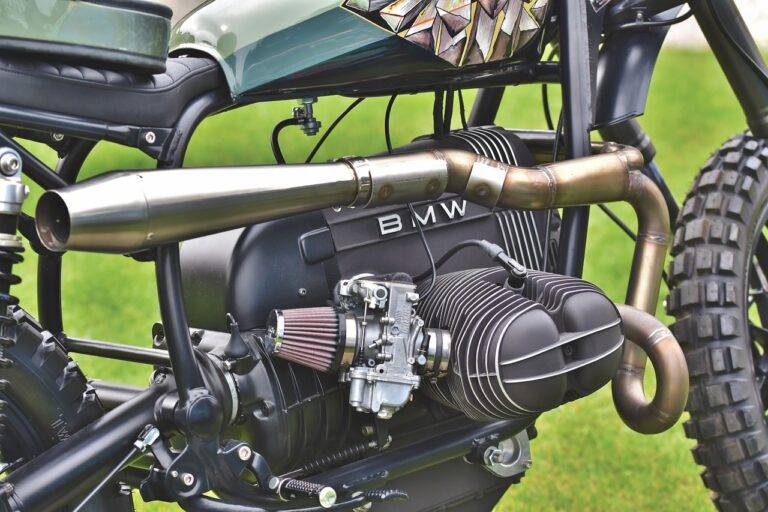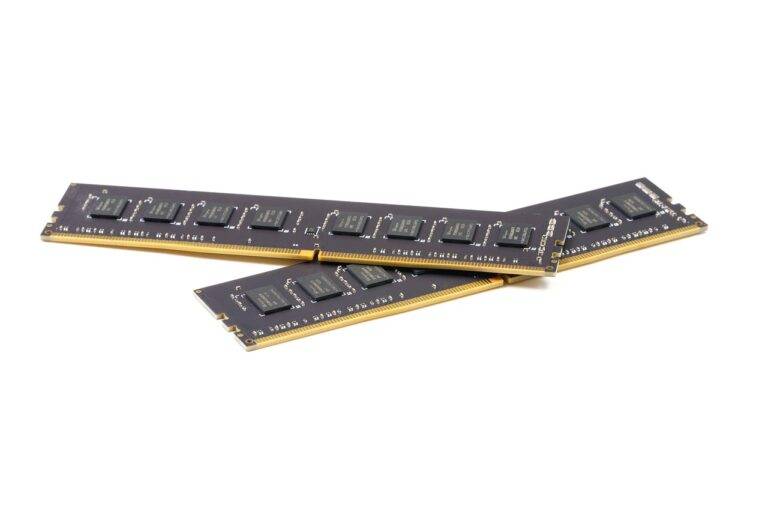Tech Innovations in Renewable Energy Distribution and Grid Integration
In the realm of modern renewable energy distribution systems, solar panels stand out as a fundamental component. These panels harness the power of the sun to convert sunlight into electricity, offering a sustainable source of energy. Coupled with advancements in technology, solar panels have become an indispensable feature in the transition towards cleaner and more efficient energy distribution systems.
Another crucial element in modern renewable energy distribution systems is wind turbines. By harnessing the power of wind, these turbines generate electricity through the rotation of blades connected to a rotor. Wind energy serves as a viable complement to solar power, creating a diverse and resilient energy mix. With continuous innovations in design and efficiency, wind turbines play a pivotal role in shaping the landscape of renewable energy distribution.
• Solar panels are a fundamental component in modern renewable energy distribution systems
• They convert sunlight into electricity, offering a sustainable source of energy
• Advancements in technology have made solar panels indispensable for cleaner and more efficient energy distribution
• Wind turbines are another crucial element in modern renewable energy distribution systems
• They generate electricity by harnessing the power of wind through rotating blades connected to a rotor
• Wind energy complements solar power, creating a diverse and resilient energy mix
• Continuous innovations in design and efficiency make wind turbines pivotal in shaping renewable energy distribution landscape
Advancements in Energy Storage Technologies
Energy storage technologies have undergone significant advancements in recent years, revolutionizing the way we utilize renewable energy sources. The development of high-capacity batteries, such as lithium-ion and flow batteries, has enabled efficient storage of excess energy generated from sources like solar and wind. These energy storage systems have paved the way for more reliable and consistent renewable energy integration into the grid, reducing dependency on fossil fuels.
Furthermore, the emergence of innovative solutions like pumped hydro storage and compressed air energy storage (CAES) have provided scalable and cost-effective options for large-scale energy storage. Pumped hydro storage involves storing energy by pumping water to an elevated reservoir during off-peak times and releasing it to generate electricity during peak demand periods. On the other hand, CAES systems use excess energy to compress air, which is then stored in underground caverns and released to generate power when needed. These developments in energy storage technologies have played a crucial role in enhancing grid stability and promoting a more sustainable energy future.
Smart Grid Technologies for Efficient Energy Distribution
Smart grids are revolutionizing the way energy is distributed by leveraging advanced technologies to optimize efficiency and reliability. These systems integrate digital communication and control to efficiently manage electricity production, storage, and consumption in real-time. By enabling two-way communication between utility companies and consumers, smart grids empower users to make informed decisions about their energy usage, ultimately reducing waste and costs while increasing resilience.
One key feature of smart grid technologies is the ability to monitor and respond to fluctuations in demand and supply instantaneously. Through automated systems and sensors, these grids can detect and address issues such as equipment malfunctions or power outages swiftly, minimizing disruptions to the energy distribution network. Additionally, smart grids facilitate the integration of renewable energy sources by effectively balancing and storing electricity from intermittent sources like solar and wind power, ensuring a more sustainable and reliable energy supply for communities.
What are the key components of modern renewable energy distribution systems?
Key components of modern renewable energy distribution systems include smart meters, renewable energy sources like solar panels and wind turbines, energy storage technologies, and advanced communication and control systems.
How have energy storage technologies advanced in recent years?
Energy storage technologies have advanced with the development of more efficient batteries, such as lithium-ion batteries, and the implementation of grid-scale energy storage solutions like pumped hydro storage and compressed air energy storage.
What are smart grid technologies and how do they contribute to efficient energy distribution?
Smart grid technologies refer to the integration of digital communication and control systems into the traditional electrical grid. These technologies enable real-time monitoring and optimization of energy distribution, improving efficiency and reliability while integrating renewable energy sources.





